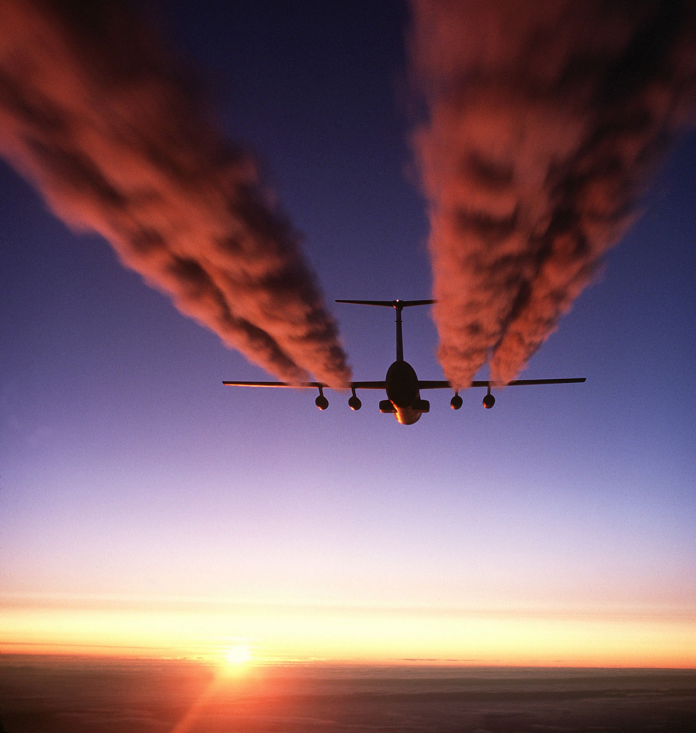Aeroplanes may be ejecting significant amounts of black carbon (BC).Climate researchers from multiple institutions in India including from the Indian Institute of Science and ISRO’s Vikram Sarabhai Space Centre, made a study about BC a pollutant known to aggravate breathing disorders, upset the monsoon and quicken glacier melt. Black Carbon may also be depleting the ozone layer.
About Black Carbon and causes for its accumulation in Stratosphere:
- The term black carbon was coined by Tihomir Novakov in 1970s.
- Black Carbon is formed through the incomplete combustion of fossil fuels, biofuel, and biomass.
- It is known to dissipate and settle down in a few months under the influence of rain and wind and is unlikely to travel upward of 4 km.
- However, as per the study, the climate researchers have evidence of such particles existing up to 18 km into the stratosphere and there are about 10,000 of them in every cubic centimetre.
- The stratosphere is a stable region of the atmosphere and because BC particles absorb heat, they warm the surrounding air, become lighter and rise to greater heights by a process called ‘self lift’ and persist in the air.
- Given the shape and location of these particles, researchers believe that it could only derive from emissions from aviation fuel.
Negative Effects of Black Carbon:
- These Black Carbon particles can create problem as they can linger long enough to provide a fertile ground for other chemical reactions that can deplete the ozone layer.
- Because BC particles strongly absorb solar and terrestrial radiation and heats up the atmosphere, it can upset the monsoon system.
- If deposited on snow, it could accelerate the heating of snow and quicken the melting of glaciers.
AffairsCloud Recommends Oliveboard Mock Test
AffairsCloud Ebook - Support Us to Grow
Govt Jobs by Category
Bank Jobs Notification





